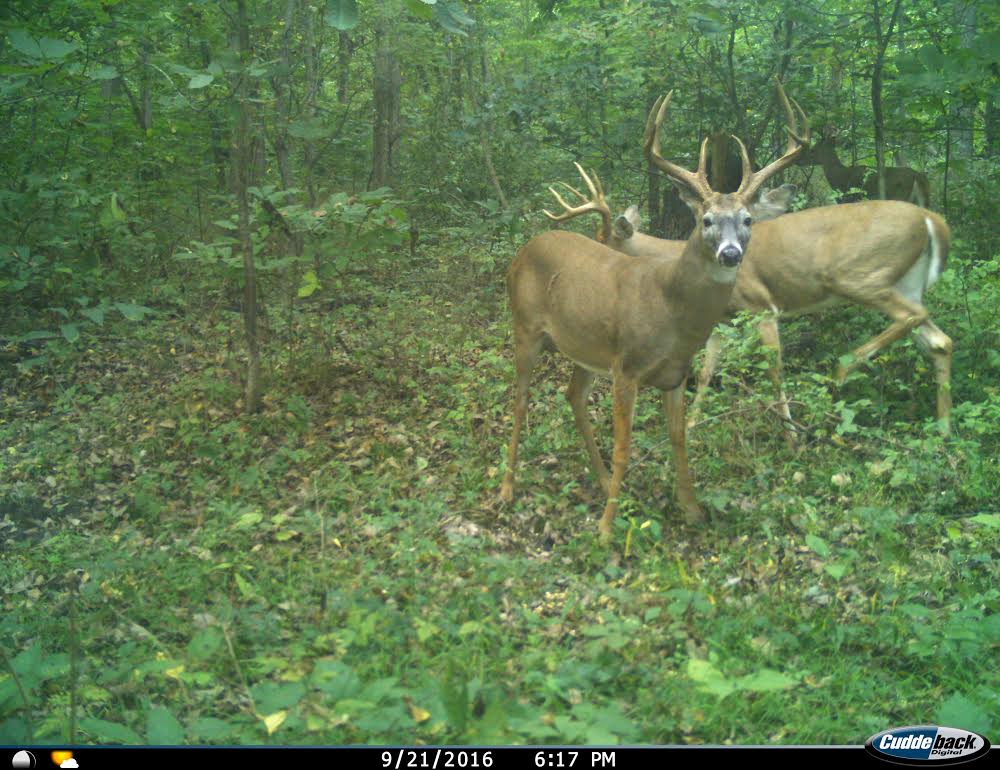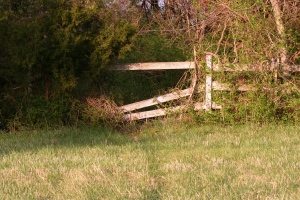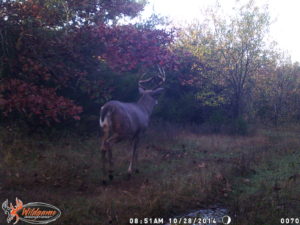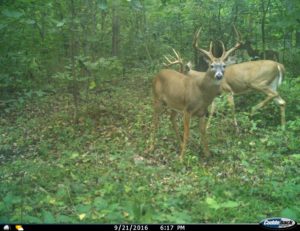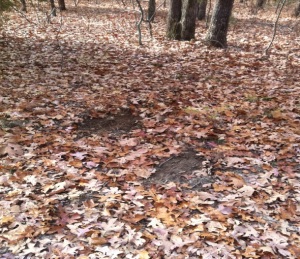By Ryan Miloshewski
Fall is in the air. The leaves are brilliantly turning. Most importantly, whitetail breeding season is ramping up. Follow along with this week’s Whitetail Weekly with Ryan Miloshewski to see what you can do to improve your success. What a wonderful time of year!
Let’s delve into my predictions and tips/tactics for the next week.
October 19-26
- This week, the cool weather coming on the 20th will increase buck activity in daylight. Scrapes will be freshened and tended with fervor, and rubs will pop up frequently as bucks prepare for the battle ahead. Immature bucks will probably start harassing does, but the big boys are a week or two away from really seeking. Regardless, interest in does will increase as the week goes on.
- This is a good time to start using deer calls. Light rattling and grunts can bring in a mature buck. Testosterone levels increase each day as the amount of daylight decreases for the boys. I called in a mature buck on Oct. 26th in 2014 with rattling and grunting–and he was looking for a fight. I tend to keep it a little lighter (not a full blown, knock down drag out fight) with rattling, but don’t be afraid to increase the intensity toward the end of the week.
- Acorns are falling and you can bet the deer will be vacuuming them up as fast as they can. If we have a frost during this week, find a persimmon or apple tree. The deer will be all over it. Although it’s close to bust out the rut-hunting tactics, deer are still slaves to their stomach right now. Find the food they want and you’ll see deer–including mature bucks.
- Most does should not come into estrus until early to mid November, but the bucks know it’s almost time. I liken this week, and the days before Halloween, to a pregame locker room speech. They’re preparing for the big game that is the rut.
- Scrape hunting, if you do it at all, will be at its best this week. Much research has shown a vast majority of scrape activity is under the cover of darkness, but setting up near a scrape line and doing some light grunting/rattling can pique the interest of a mature buck that created or routinely freshens the scrapes. This is a crapshoot, but it can pay big dividends if you’re tactical (scent control, quiet entry, etc.) about the hunt.
- Save your best rut stands. I know it’s tough, but mature bucks are still on guard, and it just does not make sense to risk ruining a great stand right now. The seeking phase is not here yet, as much as we want it to be. Wait a week and then begin hunting for bucks looking for does in funnels/pinch points.
- Trail cameras are extremely important right now, but during this week their value exponentially increases. Use them to monitor scrapes, food plots/fields, and travel routes and you can really take the temperature of the deer herd–in particular the mature bucks. Analyze their behavior, posture, and (if on video) their vocalizations. It can tell you how interested they are in breeding, or if they’re still focused on food.
Random Thoughts
- I start my serious quest for a mature buck on October 25th every year. I read an article by Bill Winke years ago and years of notes he took indicated the best time to harvest a mature buck was between October 25th and November 10th in the Midwest.
- Speaking of notes, consider creating and maintaining a hunting journal. I have written about it before, but I can’t stress enough how important it is when choosing what days to hunt each year. Extenuating circumstances aside, I’ve found deer tend to do the same things year to year near certain dates. For example, the first or second weekend in October (when the new moon occurs) has always proved the first time bucks move in the morning. Lo and behold, I saw around 15 deer, 5 of them bucks, this year on October 8th. I used the past 10 years of experience to make sure I was in the stand in the morning. Keep records of weather, moon phases and the number/sex of the deer.
- Leaves are changing furiously right now. But do you know why? It’s pretty simple. All summer, we see leaves as green. That’s because the dominant pigment used for photosynthesis in plants, chlorophyll, is green. It outshines the other pigments because the tree is using it to sustain life. When fall arrives, plants are storing up sugars for the winter and going dormant. When this happens, there is no need for photosynthesis to occur. So, the chlorophyll retreats back to the interior of the plant. Left in the leaves are the carotenoids. What color are the carotenoids? You guessed it—red, yellow, and orange. So, when leaves change colors, the carotenoids are shown because the chlorophyll isn’t there to mask them.
- Try smoking the backstraps of the deer you harvest this fall. Caleb and I seasoned the backstraps of a doe I took and placed them in the smoker for 4 hours on 150 deg. Easily the best backstrap I’ve ever eaten. Side note, the backstrap is the longissimus dorsii muscle of the deer. The tenderloins are known as the psous major muscles.
- When butchering a deer for freezing or the table, try to separate the muscles with your fingers first. Only use your knife to remove the ligaments and tendons. This will preserve each cut of meat as it intends to be, at least initially, and you can cut it up however you’d like when you prepare it.
Quote of the Week: “In the presence of nature, a wild delight runs through the man, in spite of real sorrows.”–Ralph Waldo Emerson
To stay up to date each week, be sure to subscribe so you don’t miss any installments of Whitetail Weekly with Ryan Miloshewski! Also, be sure to follow us on social media for access to more great articles!
Instagram: Mahoney Outdoors @mahoneyoutdoors and me @RyanMilo19 and on Facebook.

